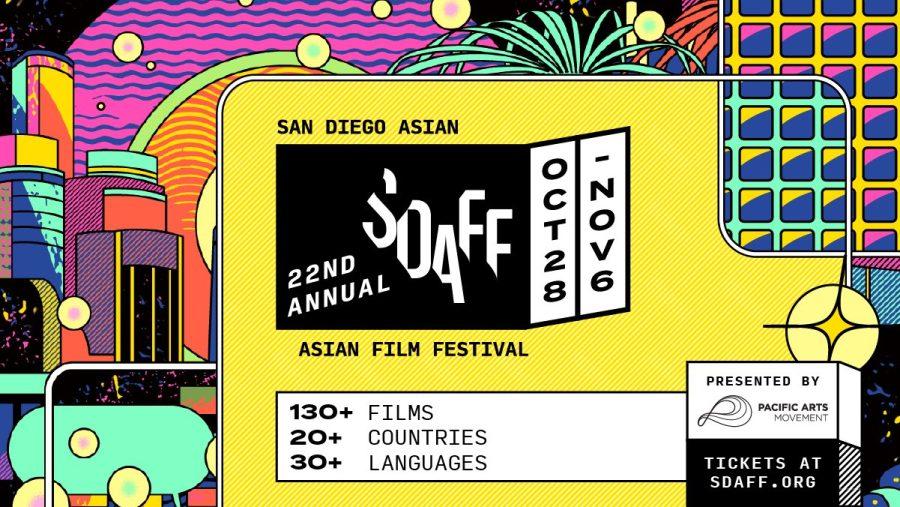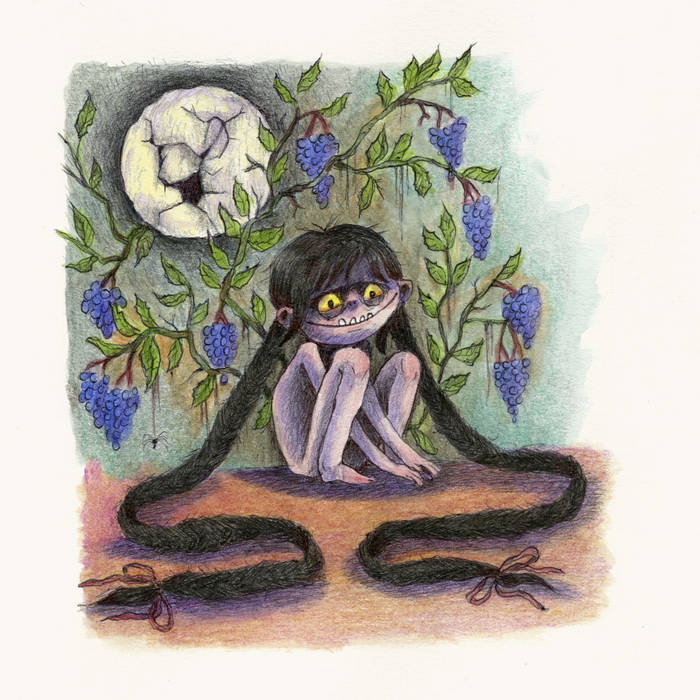Arts & Entertainment writer Medha Upadhyay attends the San Diego Asian Film Festival (SDAFF), hosted from Oct. 28 – Nov. 6.
There was a moment during the San Diego Asian Film Festival (SDAFF) screening of Iman Zawahry’s “Americanish” that made me cry. By all means, “Americanish”is a romantic comedy; the story follows two Pakistani-American sisters and their cousin as they navigate the complicated world of marriage while trying to find professional fulfillment. But something about watching Maryam, Sam, and Ameera each find their own version of happily ever after moved me to tears. If you asked me why, I don’t think I could exactly explain it. It was the novelty, I think, of seeing South Asian women finding joy that left me awestruck. It served as confirmation to me that success was whatever I chose to make of it, and that it was something I deserved. It was not at all what I expected, but it was beautiful nonetheless. And that, I think, is how to best describe my experience at SDAFF. Among the jokes, satire, drama, and documentaries, there was an unmistakable undercurrent of bittersweet joy at seeing Asian stories on the big screen. Every movie was an explosive celebration of culture, but the novelty of the experience served as a painful reminder of the lack of Asian representation in today’s media. We’ve heard the word “representation” thrown around a lot in recent years, but rarely do we see it executed successfully. Simply put, art hits differently when you know that every person on the cast and crew is committed to shining the spotlight on underrepresented communities.
For me, representation meant watching an entire theater light up to “Sheila Ki Jawani” and “Malang” in Geeta Malik’s “India Sweets and Spices.” “India Sweets and Spices” follows UCLA freshman Alia, who is fed up with her uber-rich family and friends’ shallowness and befriends the family who owns the local Indian grocery store. No matter how rich and hypocritical the characters were, I saw my friends and family reflected in Alia’s community. Watching Indian excellence celebrated on screen, glamorously decked out in glittering outfits and luxurious cars, made me proud beyond words. The rich storytelling and the attention to detail felt like a warm hug; reassurance that someone like me could be the star of their own story. To see aspects of my life — albeit exaggerated versions of it — play out on screen was an experience I won’t forget. When I asked Geeta Malik about the personal inspiration behind the film, she reflected on how weekend Indian get-togethers served as a hotbed for culture and community during her childhood, leaving me feeling like she took the words right out of my mouth. Watching Malik address the theater, it felt like a spectacular future was within reach — one where a movie with an all-Indian cast could be a blockbuster.
I felt a similar sense of hope after watching “7 Days.” Taking place right as the COVID-19 pandemic unfolded in March 2020, “7 Days” tells the story of Ravi and Rita, whose painfully awkward first date becomes unexpectedly elongated when the two are forced to quarantine together. From a soulful examination of arranged marriages to a tearful monologue on the cultural importance of the romantic drama “Kal Ho Naa Ho,” Roshan Sethi’s quirky pandemic rom-com was firmly rooted in Indian culture; but it also spoke to universal themes of loneliness and love, confusion and desperation, and the importance of connection. Listening to Sethi explain the creative process that led him to write “7 Days” with his boyfriend Karan Soni while in residency, I intuitively knew that the future of Asian American cinema is in good hands. Sethi and Soni’s process meticulously aimed to capture the internal tug of war between traditional customs and western thinking, and it is the unique kind of story that could only have been written by Asian Americans.
The Asian American immigrant experience is one which values resilience, resourcefulness, and thrift; so it comes as no surprise that Asian American filmmakers have managed to create such wonderful art even in the face of countless obstacles. Bringing Asian culture to the movies has been — and continues to be — an uphill battle, but attending SDAFF made me realize that we still have a fighting chance if we band together. These and many other films from SDAFF will be playing in theaters across the country, where anyone can walk in and experience the beauty and joy of the Asian American experience. I encourage anyone with the opportunity to do so to buy a ticket and show up for these artists. There is no lack of talented Asian filmmakers; there is only a lack of support for their work. Attending SDAFF granted me a vision of what mainstream Asian American art could look like. This world has largely been pushed out of the spotlight, but I can’t wait for the day when it finally takes center stage.
Image courtesy of Pacific Arts Movement on Twitter.
Column: Medha Goes to the Movies
Nov 7, 2021
4
0
About the Contributor
Medha Upadhyay, Senior Staff Writer
More to Discover








